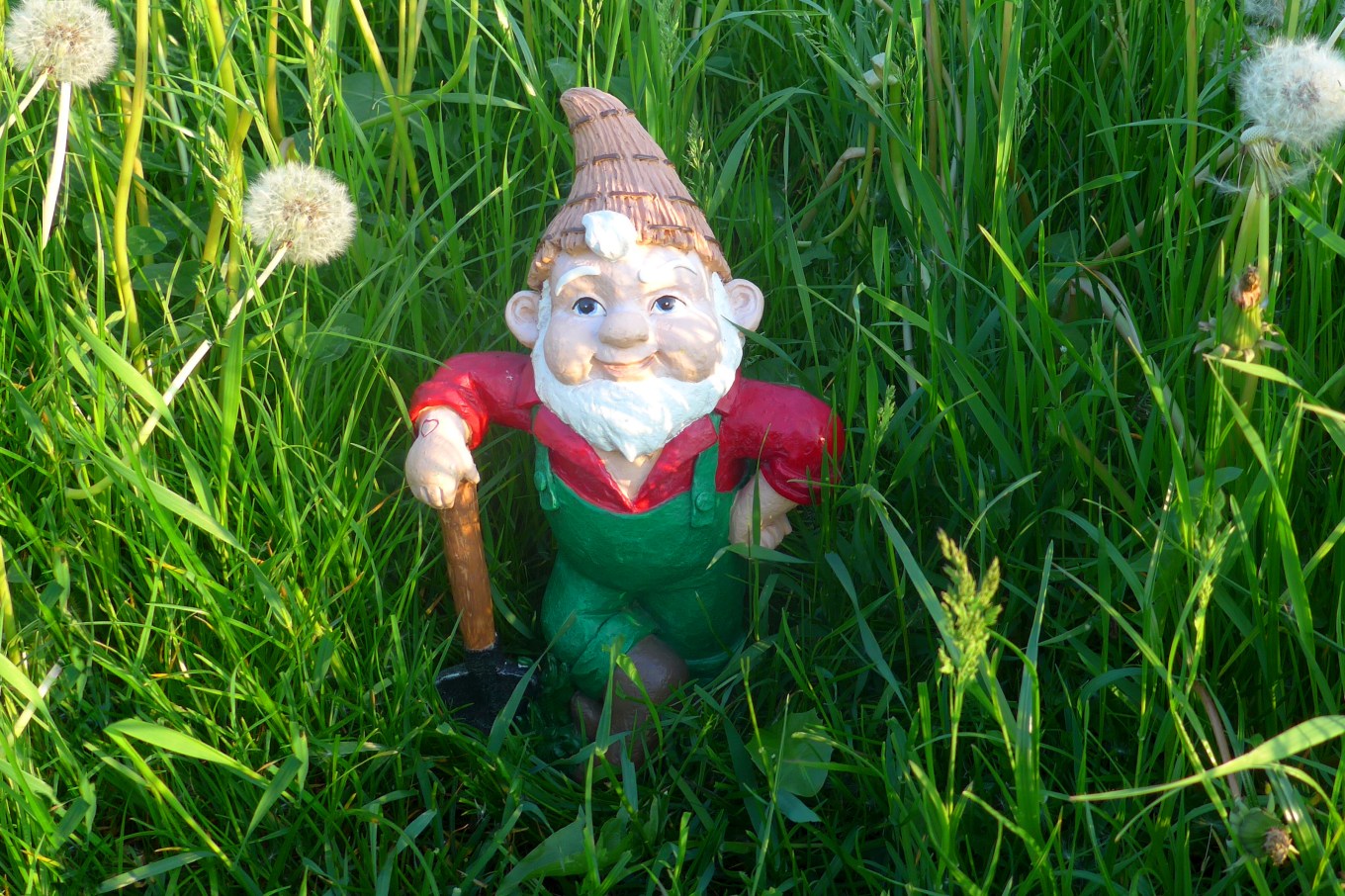Your poor lawn needs a little tender care in spring, after winter’s freezing temps have done their worst.
Because an ugly lawn can be a big ding in your home’s value. Especially if you plan to sell. If you are, relax, anything you spend on your lawn, you’ll likely get that money back (and possibly more) when you sell, according to the “Remodeling Impact Report” from the National Association of REALTORS®.
“Snow acts like a cover, but ice is bad for turf,” says Chris Lemcke, technical director of Weed Man USA lawn care. “Ice freezes plant cells and crushes blades and leads to death.”
Freeze-thaw-freeze conditions are even worse for turf roots, which can become brittle and die. Road salt also is bad for lawns. The turf near streets and along driveways and paths may need resuscitation or replacement when spring grass should be greening up.
Here’s how to repair your lawn:
#1 Pull Up Dead Turf
Dead patches of lawn are easy to pull up because no roots bind the turf to the soil. Cut around dead areas with a spade, then yank up the patch.
#2 Add Sod
If you can afford sod — 8 to 30 cents per square foot compared with $28 for a five-pound bag of seed that’ll cover 2,000 square feet — Lemcke recommends laying sod on dead patches instead of seeding. Sod is more forgiving when it comes to watering and resists weeds better than seed.
If seed is the more affordable option for you, reseed after the last chance of frost and soil temps reach 50 degrees to 65 degrees. Here are tips on reseeding your lawn:
- Scatter seed on soil and lightly rake it in.
- Water daily with a light mist for 15 minutes to keep soil moist. If the soil dries out, seed will not germinate.
- When seed germinates, water deeply.
- Feed young blades a high-phosphorous fertilizer.
- Let grass grow at least three inches before its first cut.
#3 Add Topsoil to Low Spots
Add topsoil (and sod or seed) to low areas of your yard, where water can settle and freeze.
Related: Why Is My Grass Turning Brown?
